Challenge
An outdated system
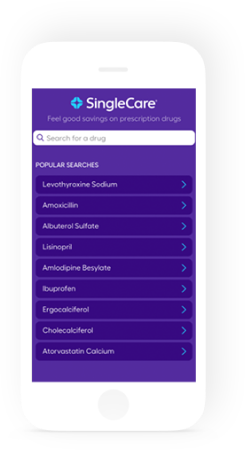
The original system was a .NET application which meant a few things.
As SingleCare became more successful and more users began to use their platform, the system wasn’t able to process all customers creating severe performance bottlenecks.
Moreover, the application was designed in such a way that made it hard to introduce new features and changes and required a significant maintenance effort. Every change was very time-consuming and resulted in regressions which, in turn, hurt the business development.
Last but not least, the chosen technological stack was generating substantial licensing costs.
Solution
Switching to Microservices
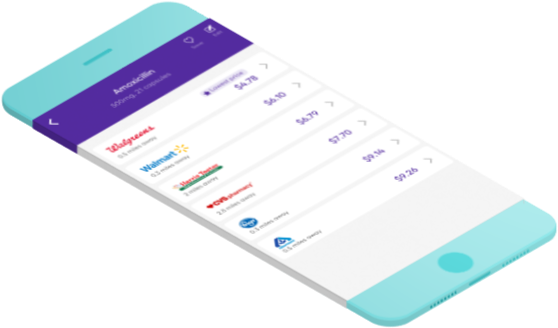
The cooperation started with a detailed assessment of the client’s current platform, the market situation, and plans for future expansion. By a joint decision of the SingleCare engineering team and our developers, the old platform was to be replaced by a new microservices architecture and new technological stack:
- Golang backend
- React.js frontend
- Open-source database engines
- Kubernetes for container orchestration
We mitigated the bottleneck issues, enabled good scalability, and improved general system quality. This in turn improved user experience and reduced regressions. The new SingleCare system also supported running the current and new system side by side during the transition period.
Outcome
20% more website conversion and a future-proof system
Our successful implementation of the design goals resulted in much higher system performances, a reduction in system errors, and an architecture and tech stack that supports the easy and quick implementation of the new functions. All of these upgrades resulted in much lower costs of system maintenance and a smoother experience which led to around 20% more website conversion on average in contrast to the old system.




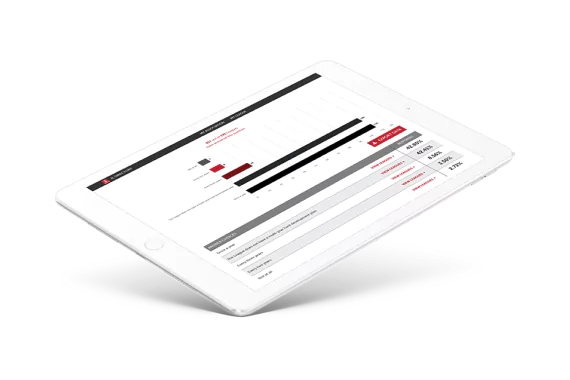
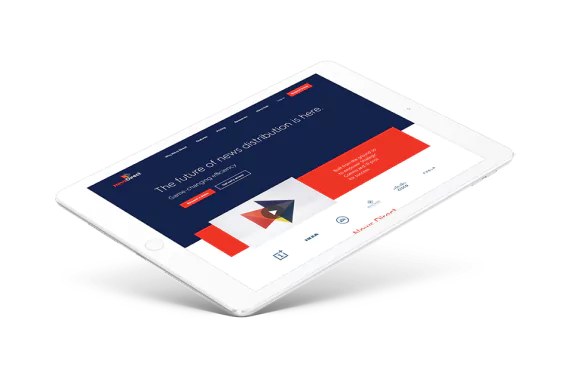

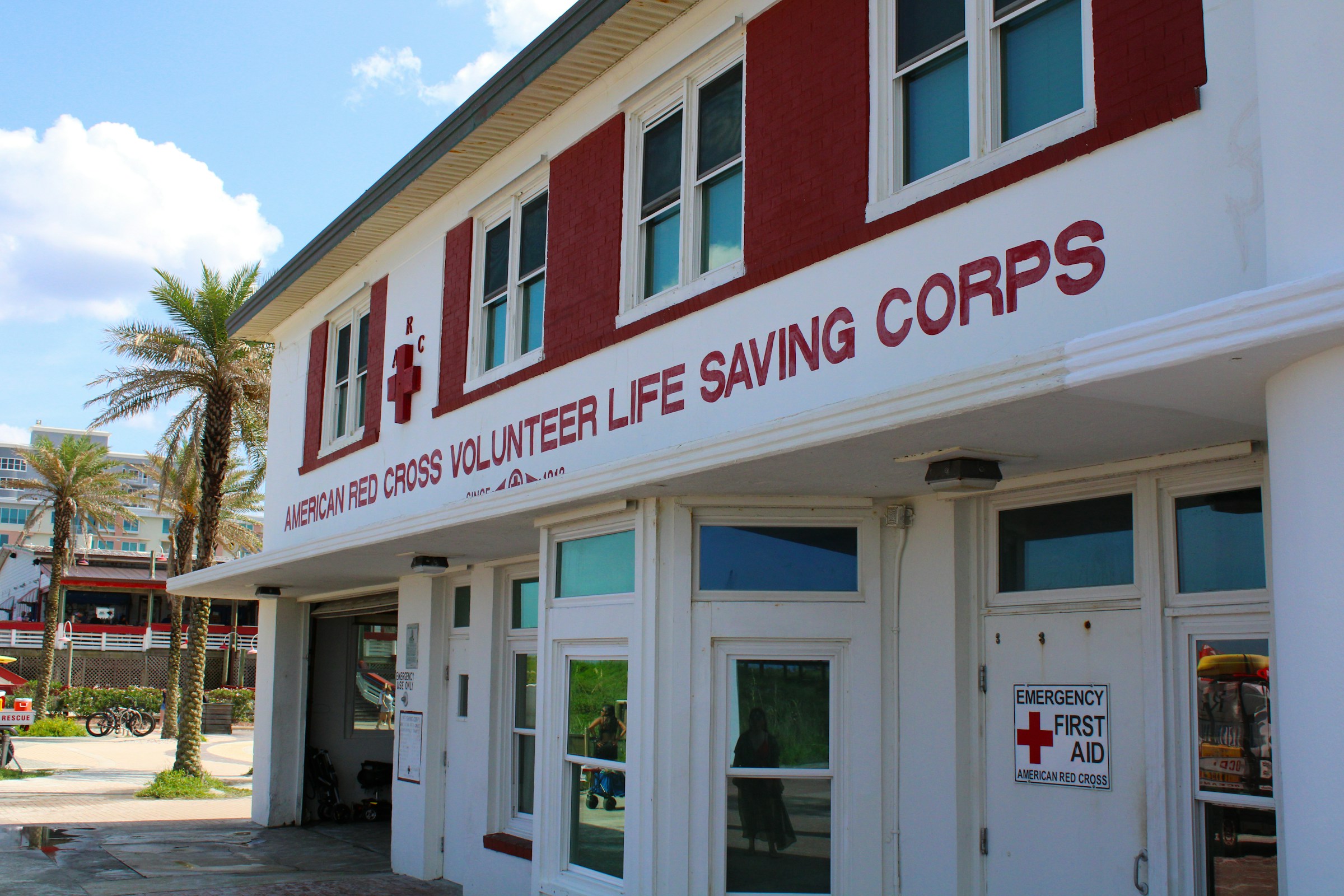




 +1 (888)
413 3806
+1 (888)
413 3806